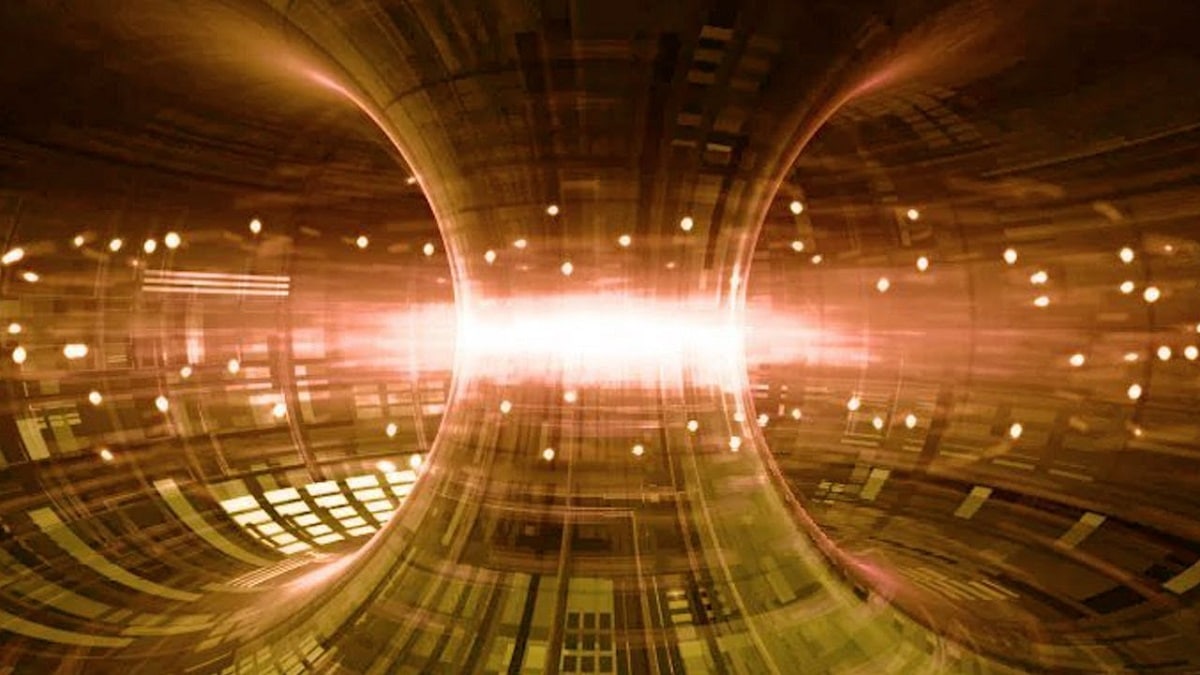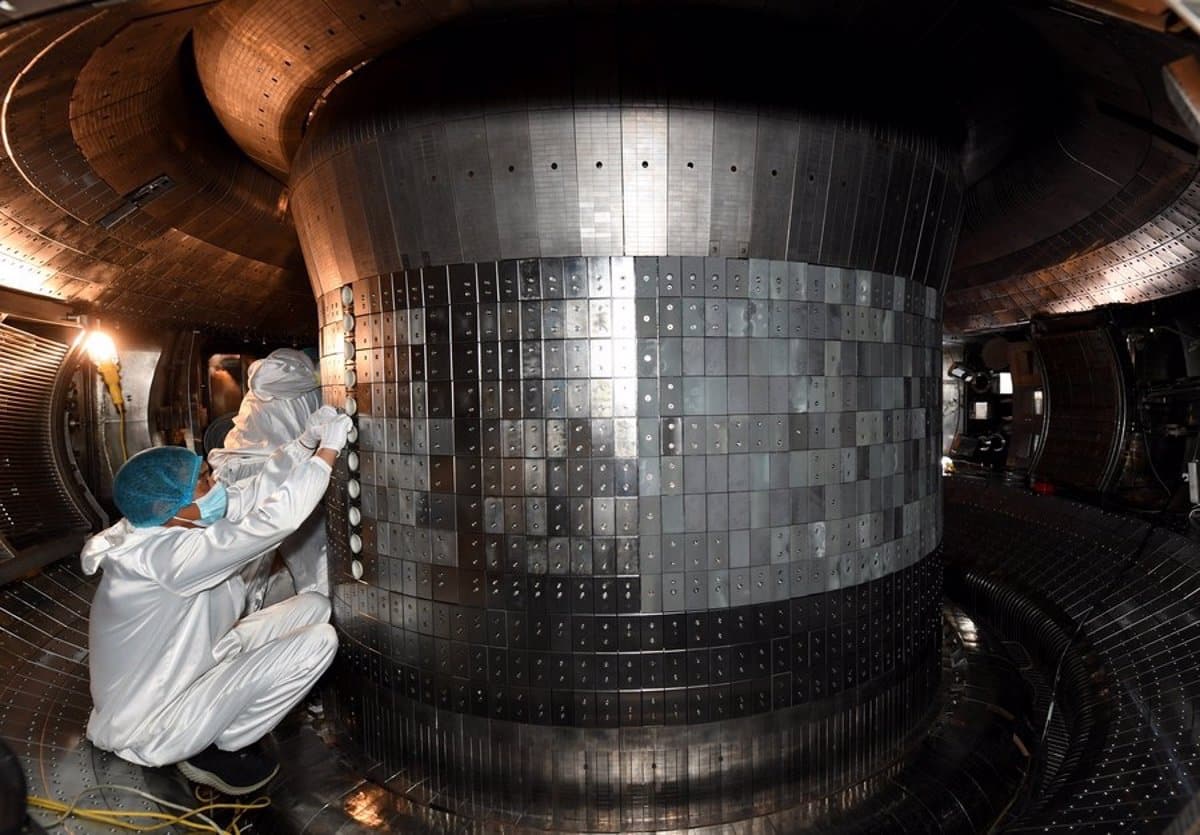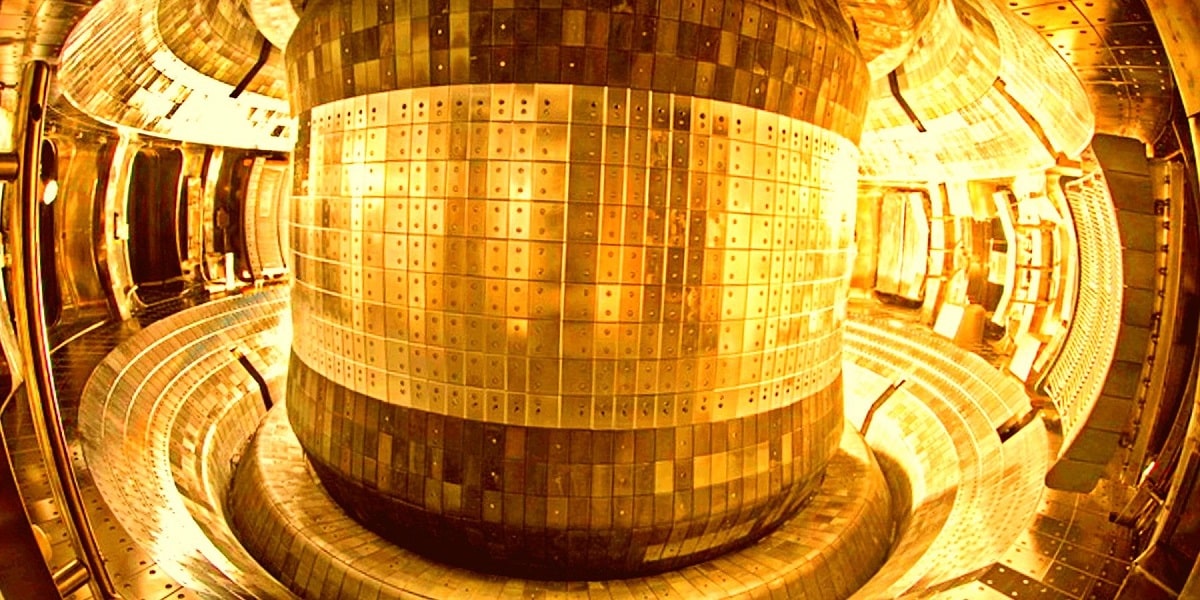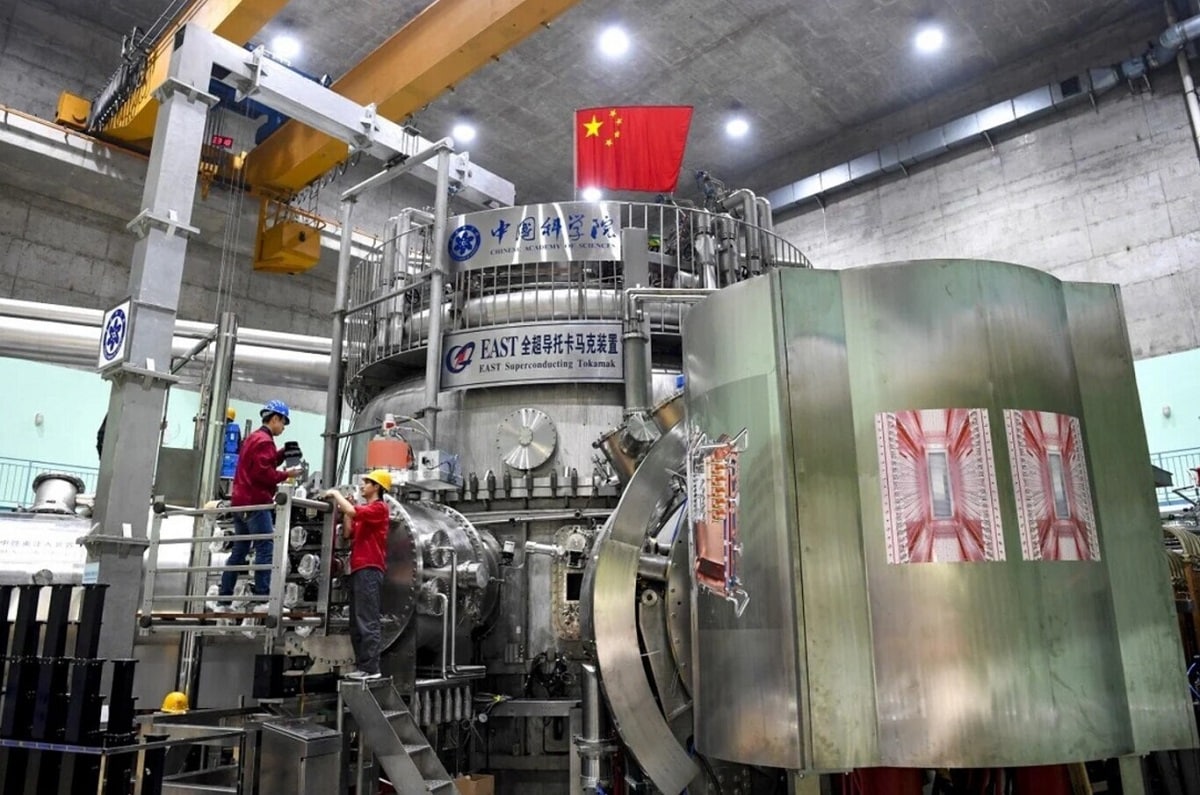
We know that the human curiosity to control everything has led to the discovery of great technological advances. One of the great problems facing the human being in this century is the energy crisis. This means that all the necessary aspects have to be developed to carry out nuclear fusion. The china artificial sun it is close to achieving nuclear fusion and ending the problems of the energy crisis.
In this article we are going to tell you what the artificial sun in China is, what its characteristics are and how important it is for the global energy paradigm.
What is China's artificial sun

They call it the artificial sun because it uses the same energy source as our nearest star. It's one of the most promising advances in science, with a technical name called fusion: a near-clean source of energy that the great powers have been chasing for decades. So much so that fifty years ago it was said that there were only fifty left...
However, it seems that we are getting close. Among other things, because China has just broken the record for the longest nuclear fusion reaction: 120 million degrees Celsius for 101 seconds.
First, we'll go ahead and explain what nuclear fusion really is. Conventional nuclear power plants work by releasing energy from fission. That is, "break" the atom. Thus, enriched uranium bombarded with neutrons is used to start a nuclear chain reaction.
These factories have been in operation for more than half a century. Specific, The first grid-connected nuclear power plant was completed in the Soviet Union in 1954. However, as the series of Chernobyl nuclear disasters shows us, they are not without risk.
On the one hand, we have uncontrolled chain reactions. Although the consequences were catastrophic, such events are extremely abnormal. The real problem with nuclear fission is the waste it produces, which can remain dangerously radioactive for hundreds of years.
Conversely, nuclear fusion or an artificial sun offer the ability to safely generate power with little or no waste. Thanks to its low carbon footprint, it could be a powerful tool in the fight against climate change.
How nuclear fusion is achieved

How is it achieved? Essentially, it combines two light nuclei into one heavy nucleus, subjecting them to enormous pressure and extremely high temperatures. The reaction also releases energy because the resulting nuclei are less massive than the first two nuclei alone.
Typically, the fuel used to create an artificial sun is based on deuterium and tritium isotopes. Deuterium can be extracted from seawater, while tritium can be extracted from lithium.. Both elements are abundant in absolute abundance, almost infinite compared to uranium. For example, deuterium in one liter of seawater can produce the energy equivalent to three hundred liters of oil.
To understand the energy released during fusion, it is enough to take into account that a few grams of fuel can generate terajoules: enough to meet the energy needs of a person in a developed country for six years.
Fusion reactions also produce waste. Most of it is helium, an inert gas. However, small amounts of radioactive waste derived from tritium are also produced.
Fortunately, they decay long before their fission counterparts. Specifically, they can be reused or recycled in less than a hundred years. On the other hand, the neutron flux that occurs during fusion affects the surrounding materials, which gradually become radioactive without protection. Therefore, the shielding of the reactor structure will be another crucial aspect.
How China's artificial sun works

Ok, now we have our tritium and deuterium fuels, and the basic principles of operation. But how exactly does this process work? Here, then, begin the pitfalls when moving from theory to practice.
As we expected, it was necessary to apply very high pressures and temperatures. Enough to turn the fuel into an extremely hot plasma. Atoms must collide with each other at temperatures of at least 100 million degrees Celsius, with enough pressure to bring them so close together that the nuclear attraction overcomes the electrical repulsion.
Establishing a rough parallelism is like overcoming the repulsion of two magnets of the same polarity until you can glue them together. To achieve these extreme conditions, magnetic fields and powerful laser beams are used to focus the fuel. Once the hyperhot plasma state is reached, fuel must continue to be added while trying to control the high heat emissions without destroying the reactor.
Of course, there is no material in the world that can withstand 100 million degrees Celsius without melting instantly. This is where plasma confinement comes into play, and this is achieved through the different types of reactors.
The latest advances in nuclear fusion
As we originally expected, one of the latest developments in nuclear fusion features China. In May 2021, researchers at the Southwest Institute of Physics (SWIP) in Chengdu, China announced that their HL-2M reactor had broken all records for nuclear fusion experiments.
Although it is a complex process, the biggest challenge is not the fusion itself, as has been achieved in many reactors in recent years. The real challenge is to maintain it over time: few people are capable of doing more than a few seconds.
That's where the SWIP scientists got their medal: they reached a temperature of 150 million degrees Celsius for 101 seconds. The previous record was held by South Korea with 20 seconds.
This tokamak-like reactor is advertised as an "artificial sun," but it is actually ten times hotter than the core of the sun. All eyes are now on the biggest international bet so far: ITER. This great project that involves 35 countries just completed the first phase of construction. If all goes well, the final reactor will be able to generate 500 megawatts of electricity around 2035.
I hope that with this information you can know more about artificial solo from China and its characteristics.